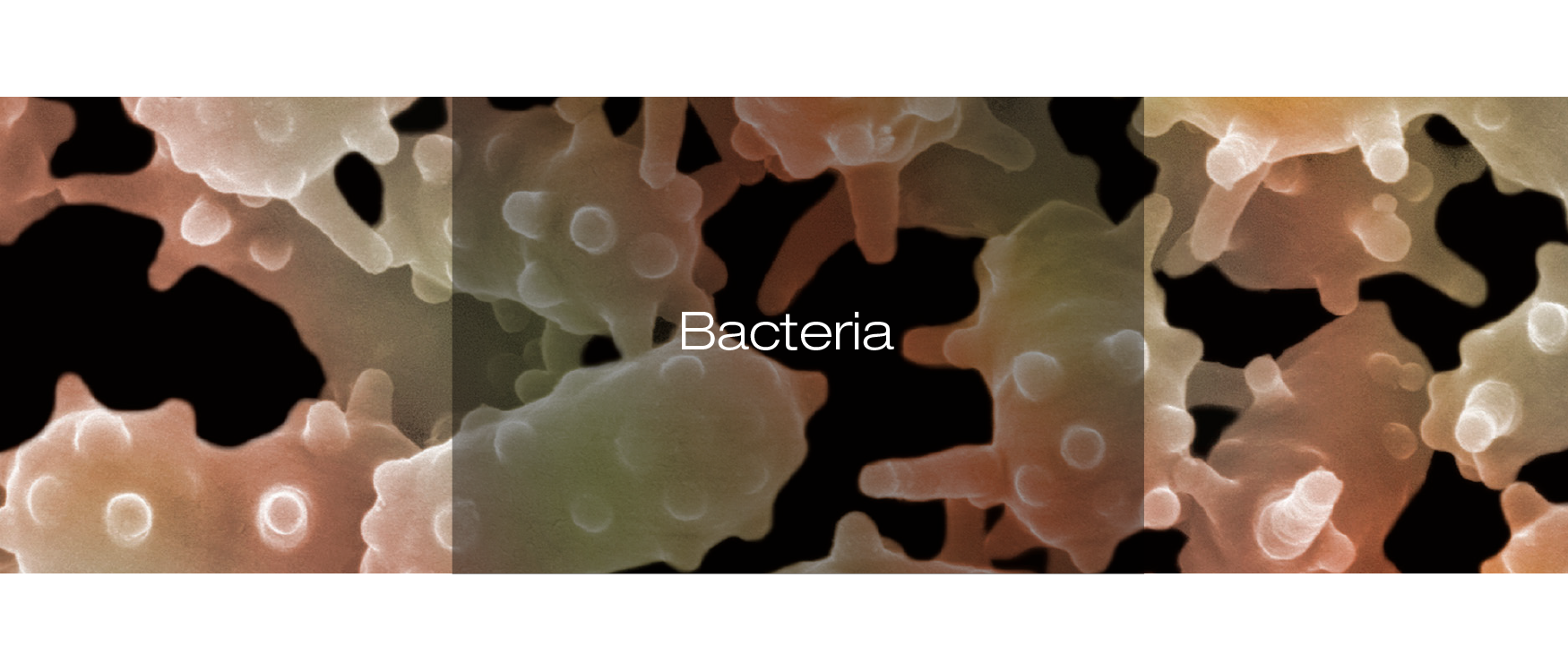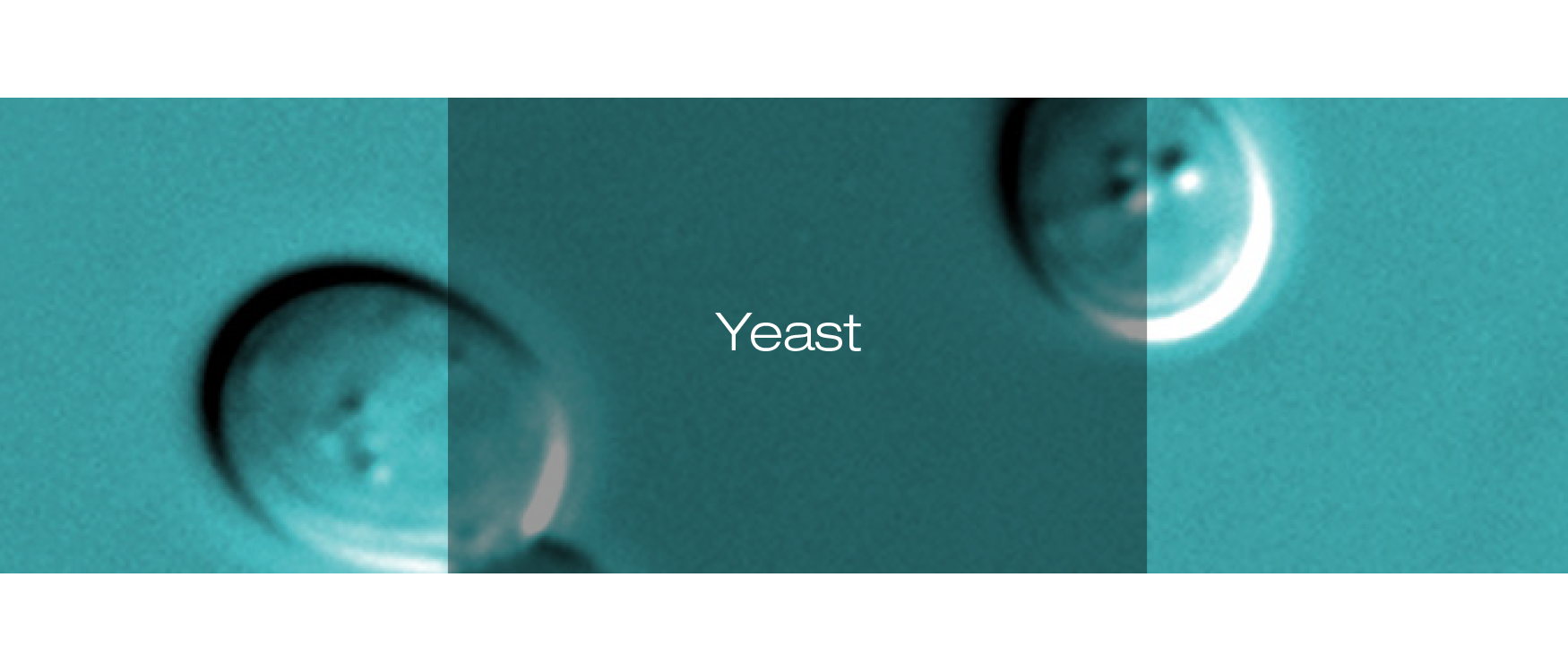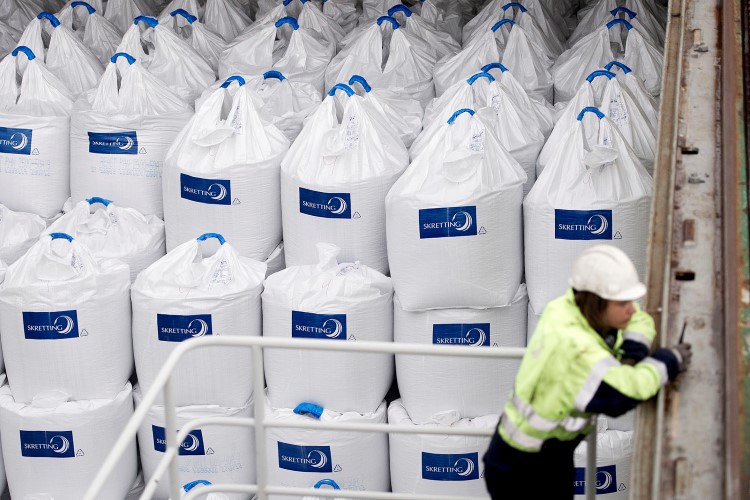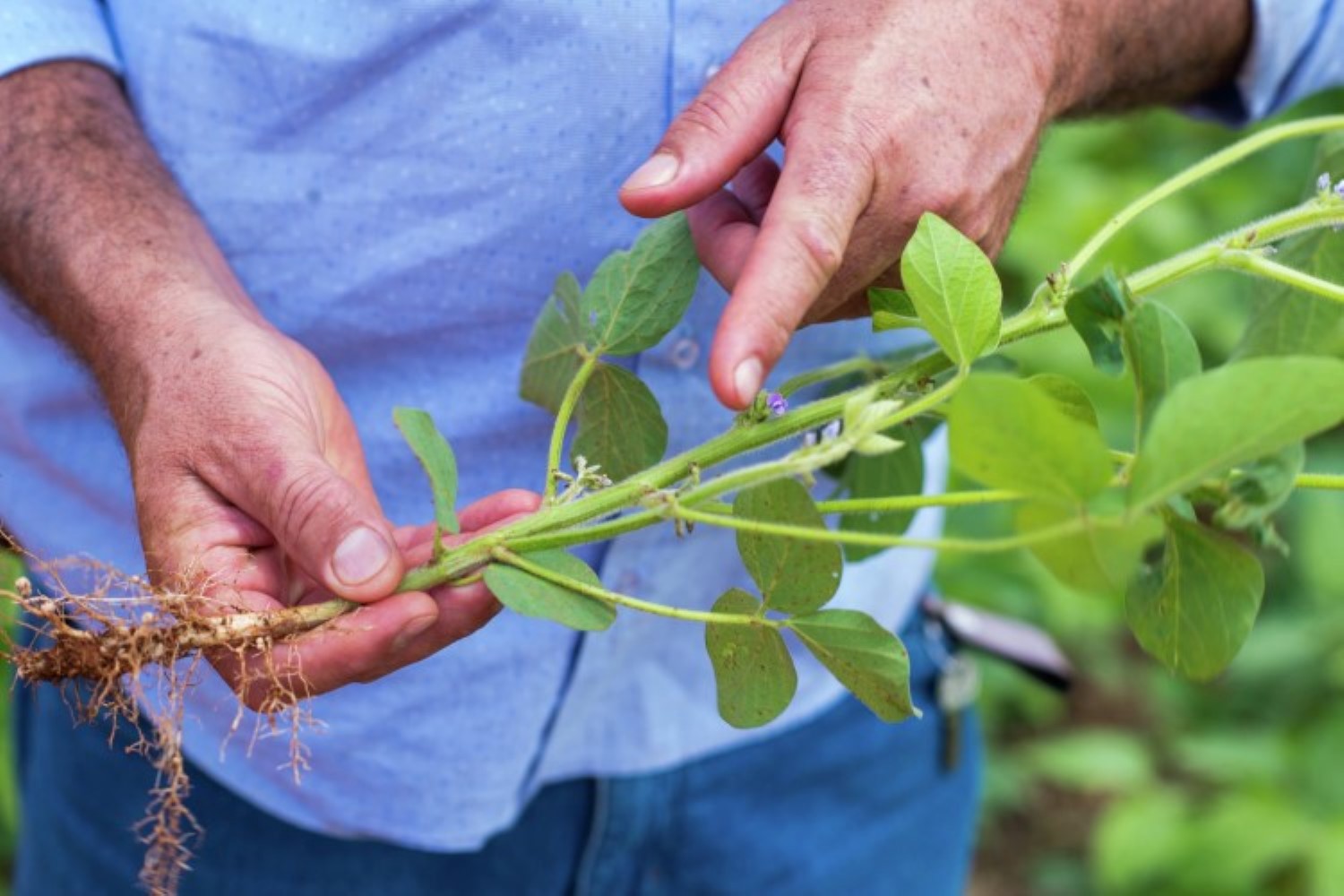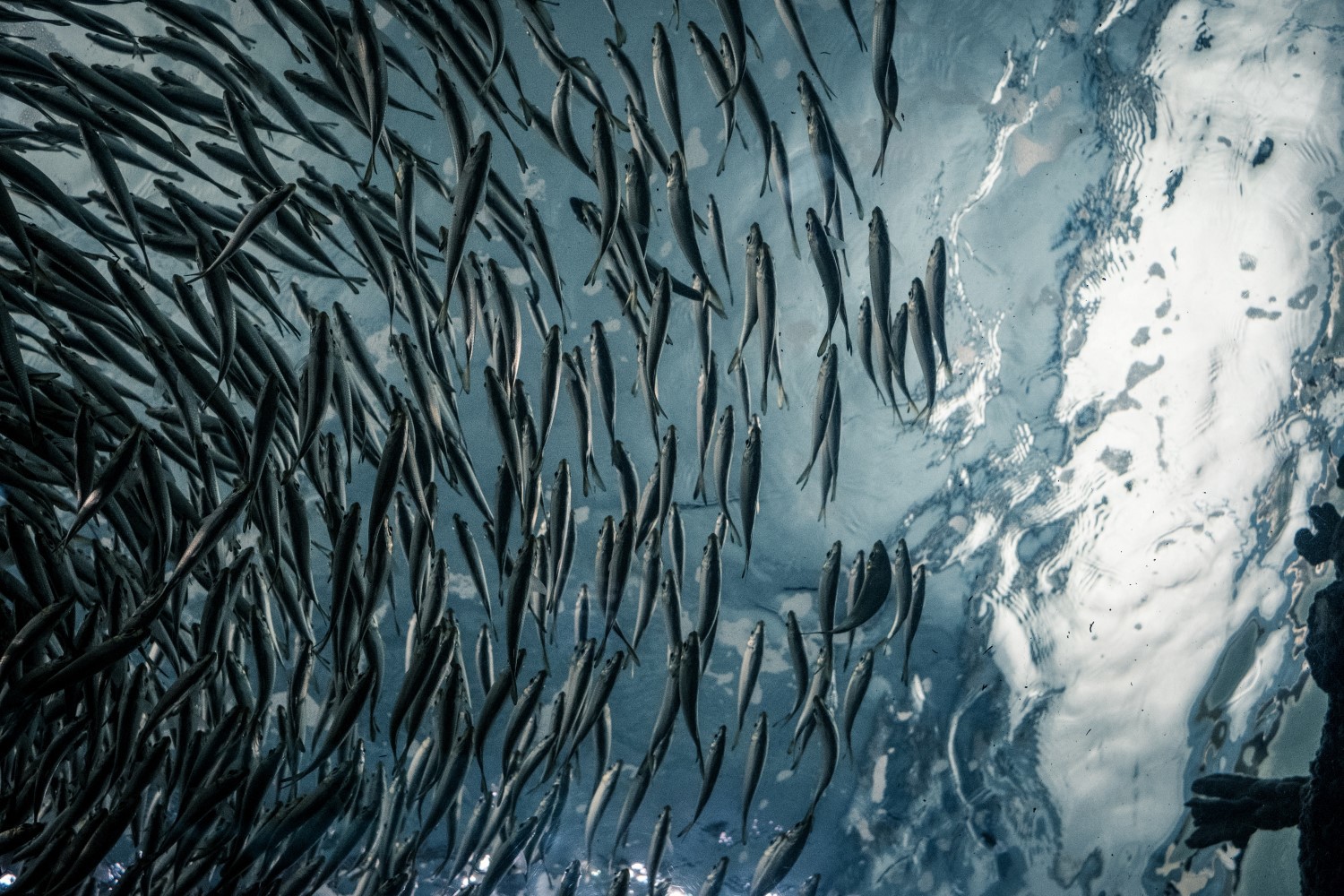
A better-defined stance on novel ingredient sourcing and application
In 2020, Skretting maintained its leading role in the development and application of novel ingredients within the aquaculture space, fulfilling the industry’s growing interest and demand for new protein raw materials and alternative sources of essential omega-3 long chain fatty acids for use in fish and shrimp feeds.
Widely regarded as unconventional feedstuffs of plant or animal origin, novel ingredient technologies currently being evaluated by the sector include microbial and insect-based protein and oil sources. Indeed, last year, with the support of valued customers, Skretting developed commercial diets that use algae oils containing EPA and DHA and high-quality proteins based on insects, and we continue to look to advance these and other such feeds in several markets.
Despite the challenging nature of introducing these ingredients to market – not least the long lead-ins required to set up new factories and scale-up production, the development of the new Nutreco RoadMap 2025 has brought the ambition that by 2025, 5-10% of our feed ingredients will come from alternative, novel sources.
The new Nutreco RoadMap 2025 has brought the ambition that by 2025, 5-10% of our feed ingredients will come from alternative, novel sources.
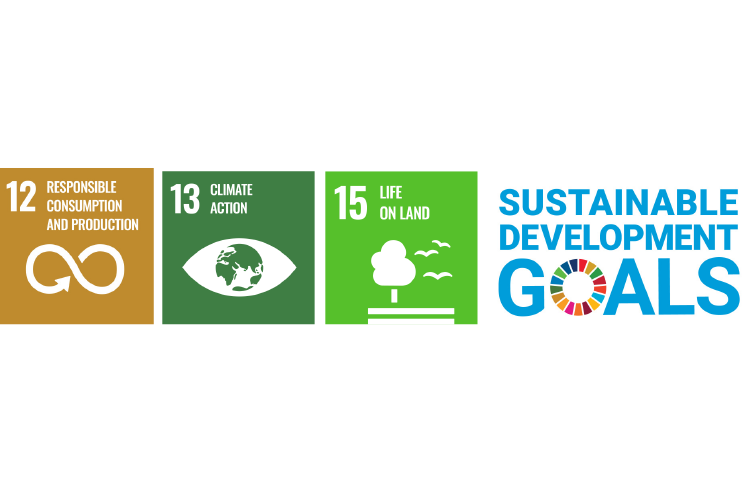
At the same time, this focus, which falls within the RoadMap’s Climate & Circularity pillar, has enabled Skretting (and parent company Nutreco) to further redefine such resources as unconventional feed ingredients from plant, animal and inorganic origins (not traditionally used by feed manufacturers), where after extensive R&D work and volume scale up, can be used as suitable alternatives for conventional ingredients in commercially relevant quantities.
With work ongoing to use Life Cycle Assessment (LCA) to quantify the true footprint of our company, our products, and the raw materials that we buy, it is likely that the additional knowledge and data we gather will further refine our current novel ingredient definition, and enable us to make more informed decisions for the benefit of supply chains and our planet.
The next few years will be a really interesting time for the continued development, commercialisation and application of more novel ingredients into the feed and food chains.

We will also continue our busy testing programme for novel ingredients, and maintain our worldwide search for new suppliers and technologies that fit in with our strict responsible purchasing protocols and can potentially become part of our commercial development pipeline.
Despite our ambitions, novel ingredients need to come at lower cost and much lower footprint than the materials they need to replace in our diets. We will invest the time and money only in those ingredients where we see this potential. All in all, it remains a challenge to get these novel ingredients into the mainstream for our diets and it requires a value chain effort to start to significantly shift the needle.
“The next few years will be a really interesting time for the continued development, commercialisation and application of more novel ingredients into the feed and food chains,” Jenna Bowyer, Skretting Procurement Category Manager Novel Ingredients.


